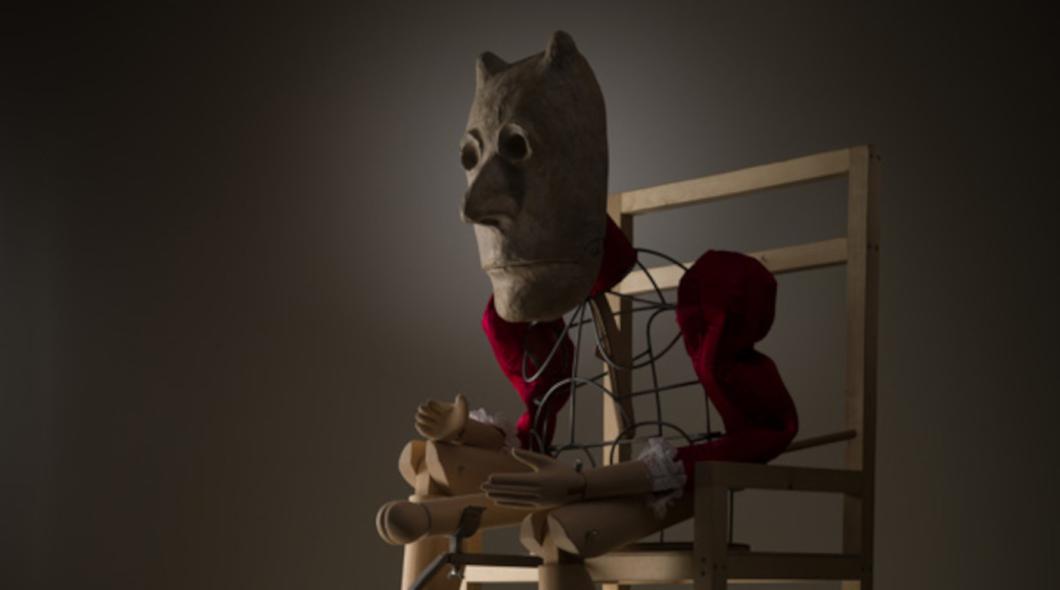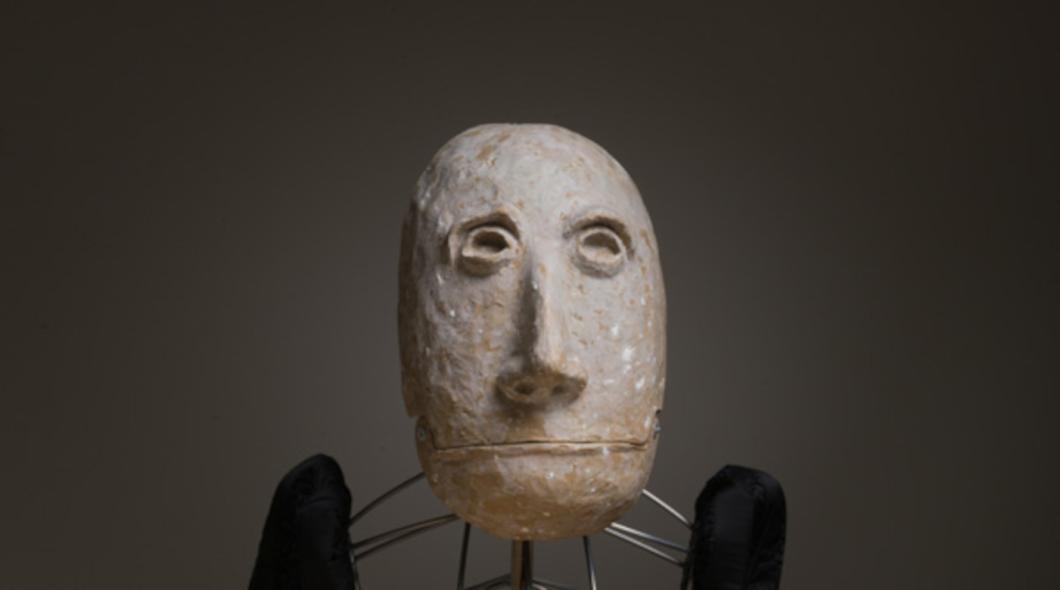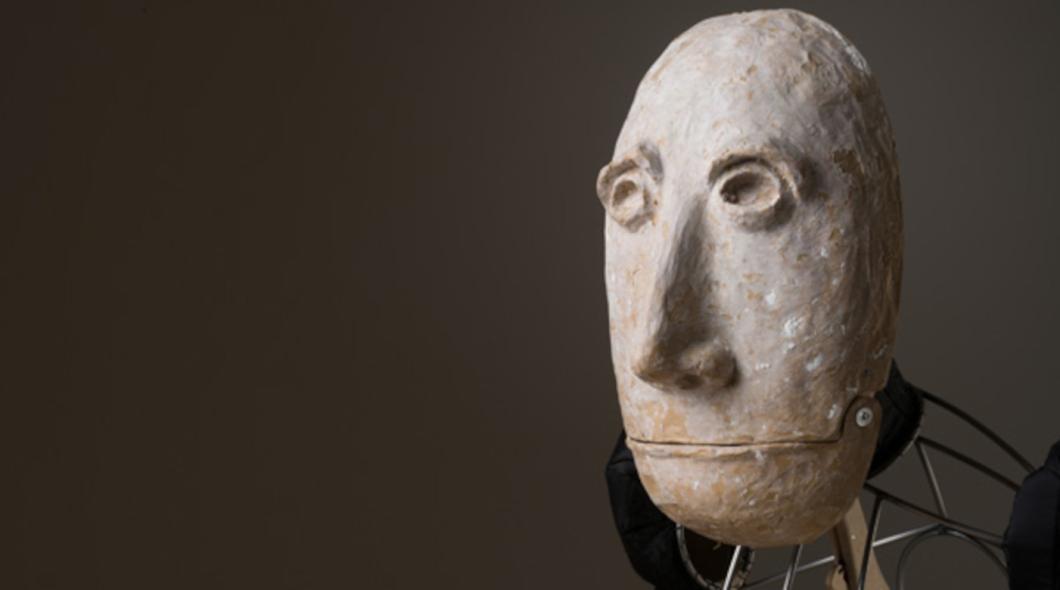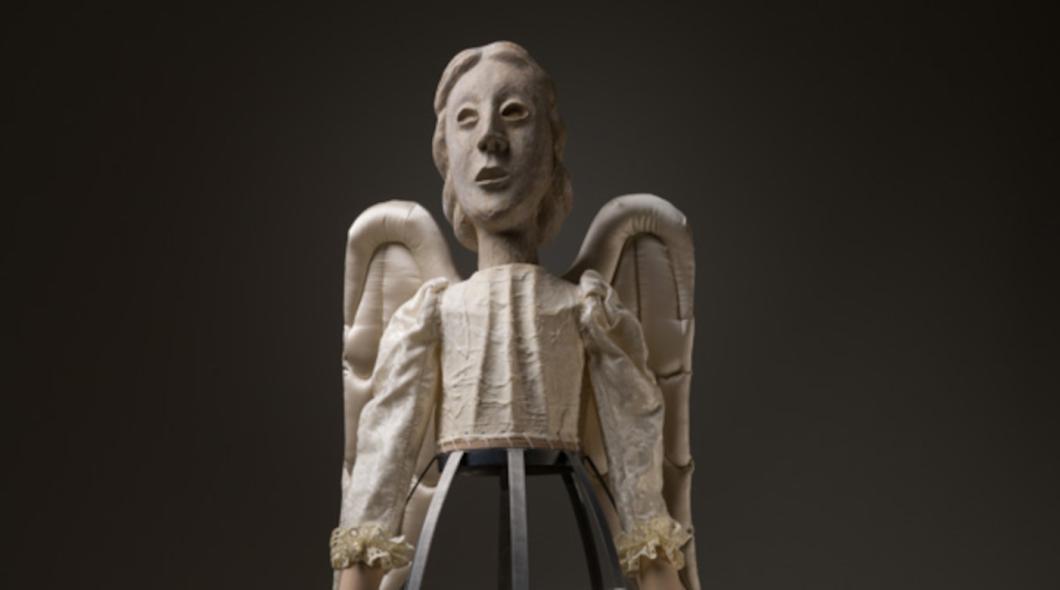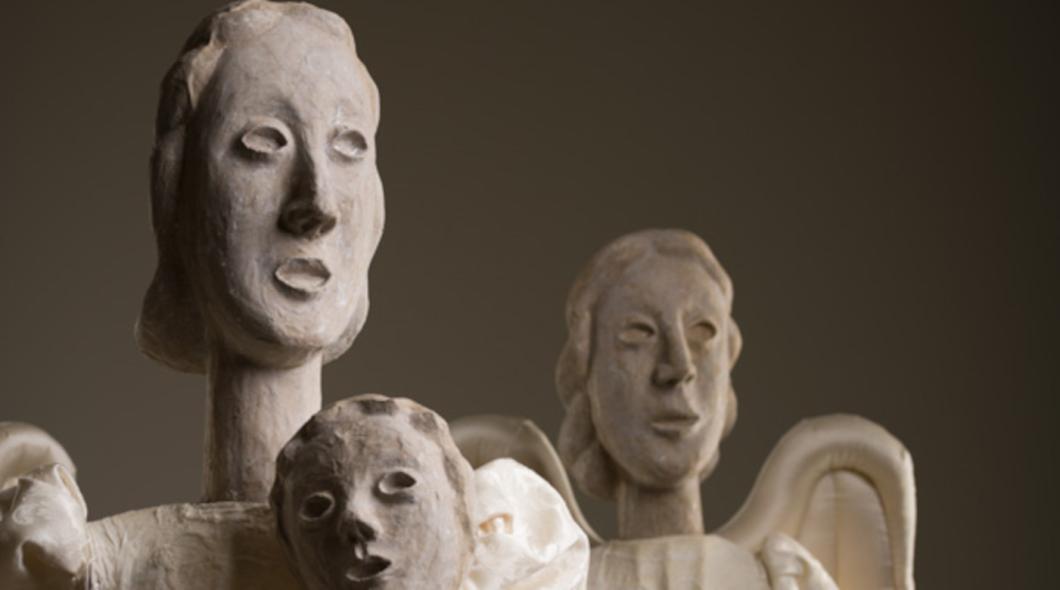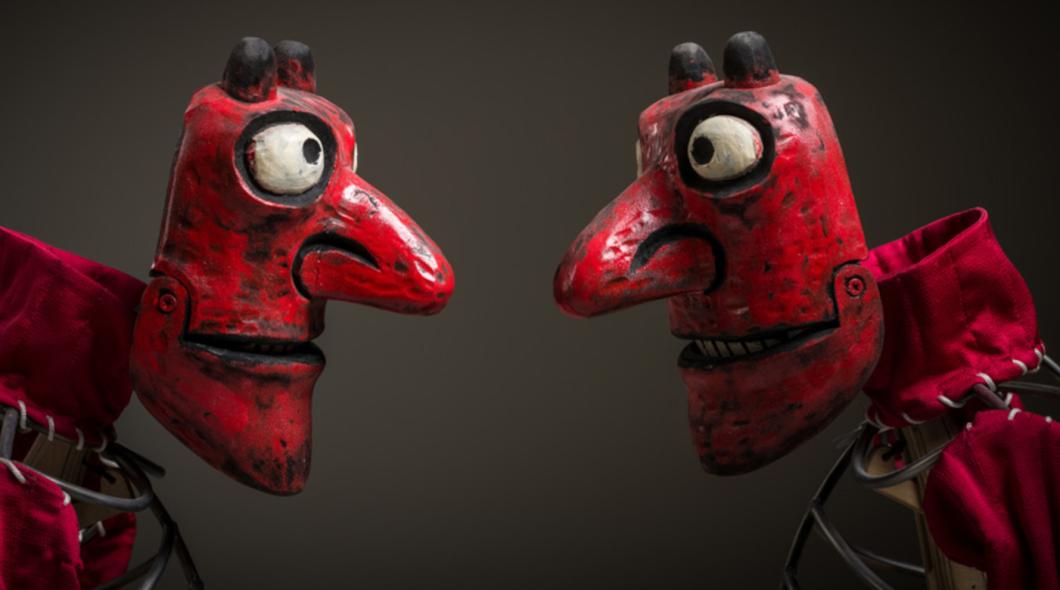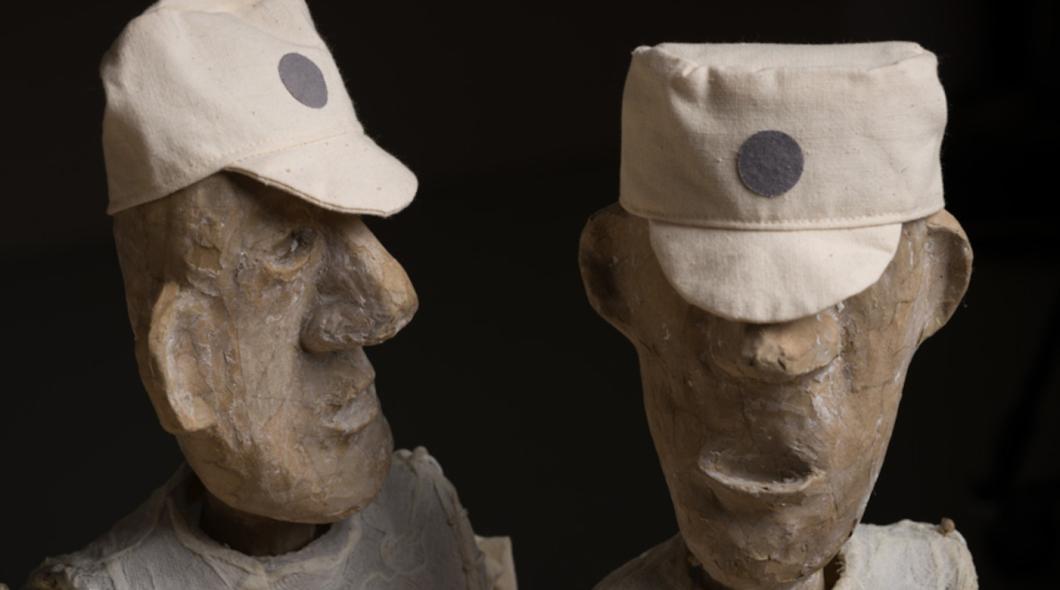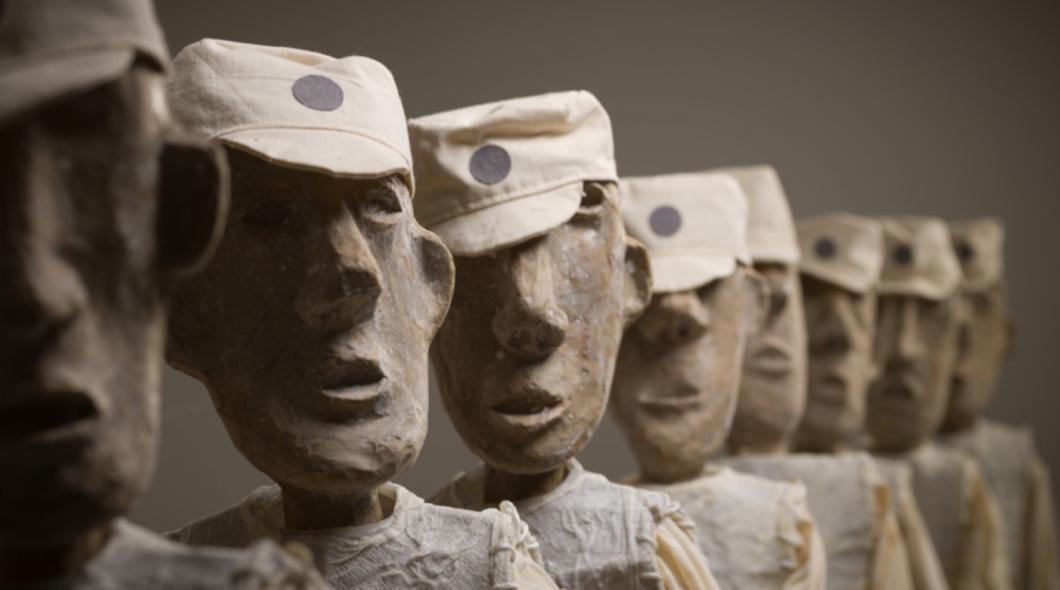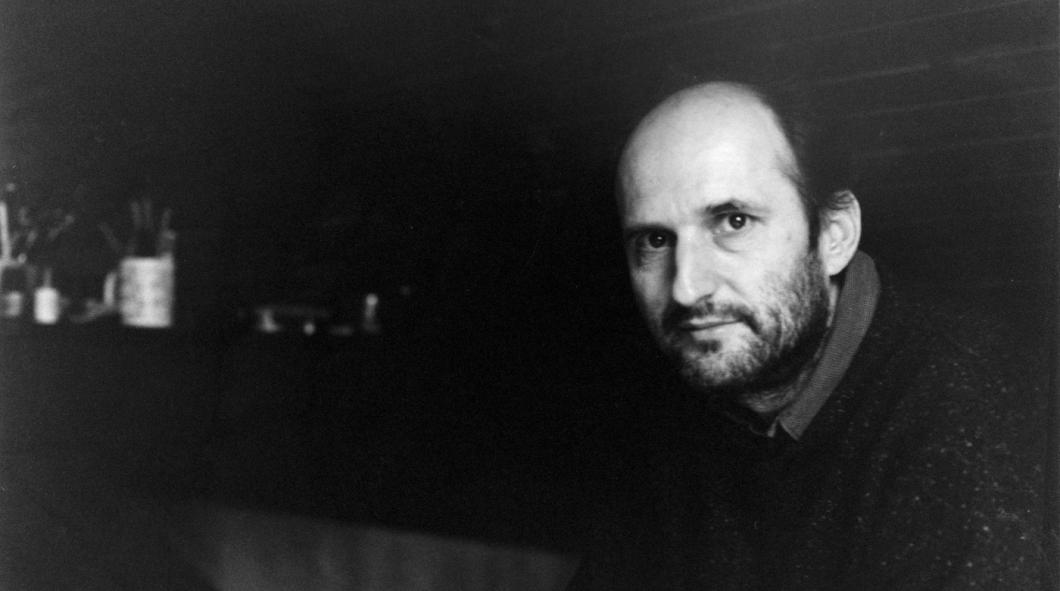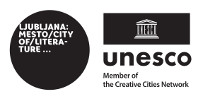Silvan Omerzu: Misogyny
In Genesis, the first book of the Bible, we find two stories about the creation of mankind. In the earlier story, the first two beings were created simultaneously, as human beings: “So God created man in his own image, in the image of God created he him; male and female created he them.” (Genesis 1:27). However, the version about equal beings was ignored by interpreters. Everyday life and the relationship between the sexes was determined by another narrative, a later folklore narrative, according to which God created a woman from one of Adam’s ribs (Genesis 2:3-31). The fact that Eve was created from a man’s body was accepted by people as convincing evidence that God himself had determined that women should be subordinate to men. This is further confirmed by God’s warnings to Eve: “Unto the woman he said, I will greatly multiply thy sorrow and thy conception; in sorrow thou shalt bring forth children; and thy desire shall be to thy husband, and he shall rule over thee.” (Genesis 3:16).
The wide dissemination and popularity of the later version consigned the earlier version to oblivion. This suppression is one of the most obvious and fateful examples of the cultural and historical anthropological amnesia that has conditioned gender relations in the Western world, from the most intimate private relations to general social relations. From Ancient Greece with Plato and Aristotle, through the Old Testament and other writings of Judaism, to the Roman Stoics and the Fathers of the Christian Church, the inferiority of women was constantly emphasised, mainly by authoritative men, but often also by women themselves. This view was justified by theological treatises, sermons, canon law, scientific works, biological and medical writings, philosophical treatises and, of course, every other work dealing with the human body and morality in any way whatsoever. It became law and penetrated monastical rules, literature and satire, theatre and art, witch-hunting manuals, and so on. In short, it entered every pore of daily life.
Even today the question arises: Isn’t humanity more enchanted with the snake than with God?
The exhibition on the theme of misogyny, featuring puppets, automatons and shadows, and accompanied by texts that lead viewers through various historical periods, shows the events that have had a decisive impact on relationships between men and women. It consists of three broad sections (Early Ages, Middle Ages, New Ages), with scenes that follow one another like the Stations of the Cross.
Born in 1955 in Brestanica, Silvan Omerzu is a Slovenian director, painter and puppet artist. After studying at the Pedagogical Academy, he started working at the Ljubljana Puppet Theatre, but in 1983 he went to Prague to further his studies in puppet scenography and puppet design. In the early 1990s, he co-founded the independent theatre Konj (Ljubljana) and was a permanent collaborator of the central puppet theatre Minor in Prague. He then worked as a freelance artist with various theatres in Slovenia and abroad, creating numerous resounding performances.
Silvan Omerzu’s creative career has been distinctly interdisciplinary in nature, as he has never devoted himself exclusively to a single artistic discipline or medium, instead working simultaneously as a visual artist, scenographer, puppeteer and theatre director. His artistic practice, which is realised both on theatre stages and in gallery spaces, is characterised by complex installations of objects created from wood in combination with a wide variety of materials, depicting expressive and often grotesque motifs that reflect subtle social criticism and gallows humour.
Puppet making and Automaton: Silvan Omerzu and Žiga Lebar
Exhibition curator: Dr Jure Mikuž
Music: Larisa Vrhunc
 Tickets
Tickets
Free admission


